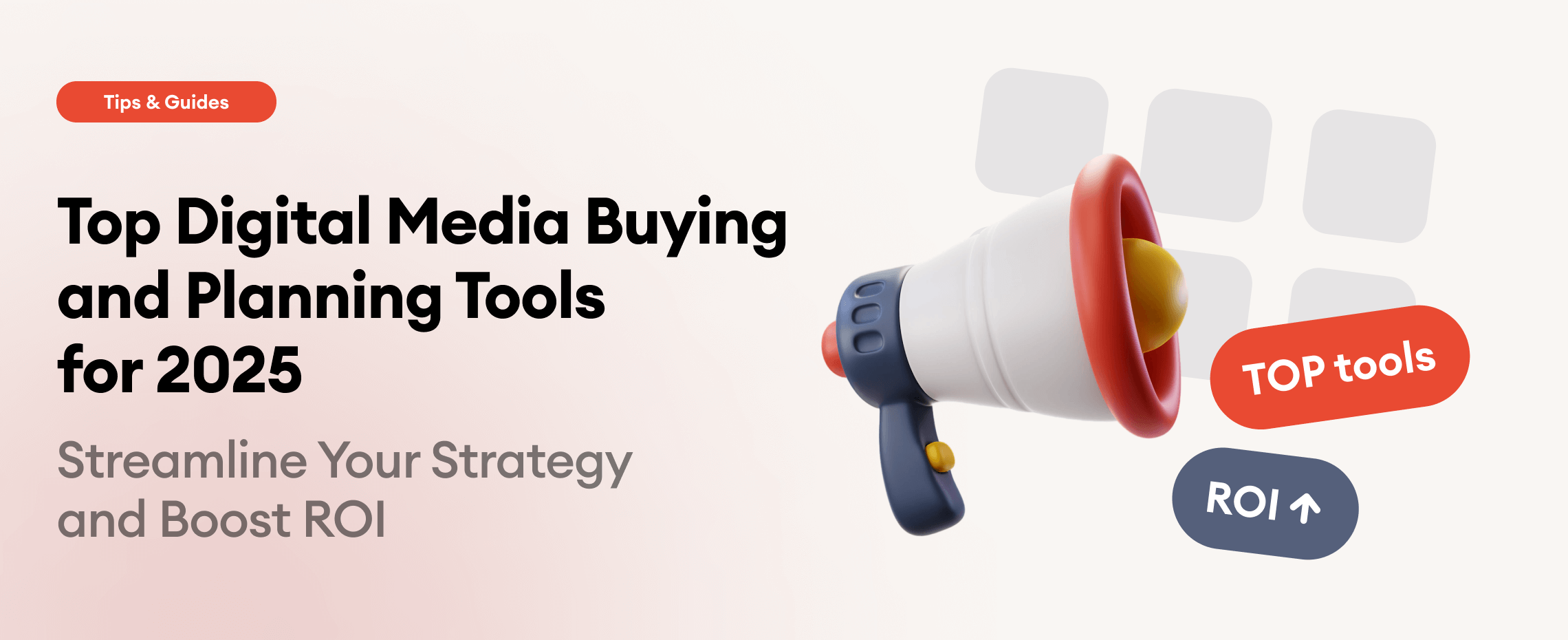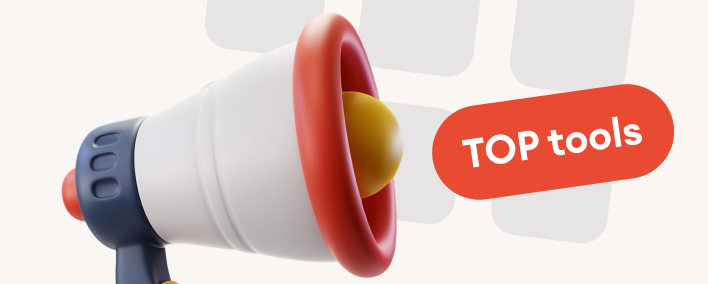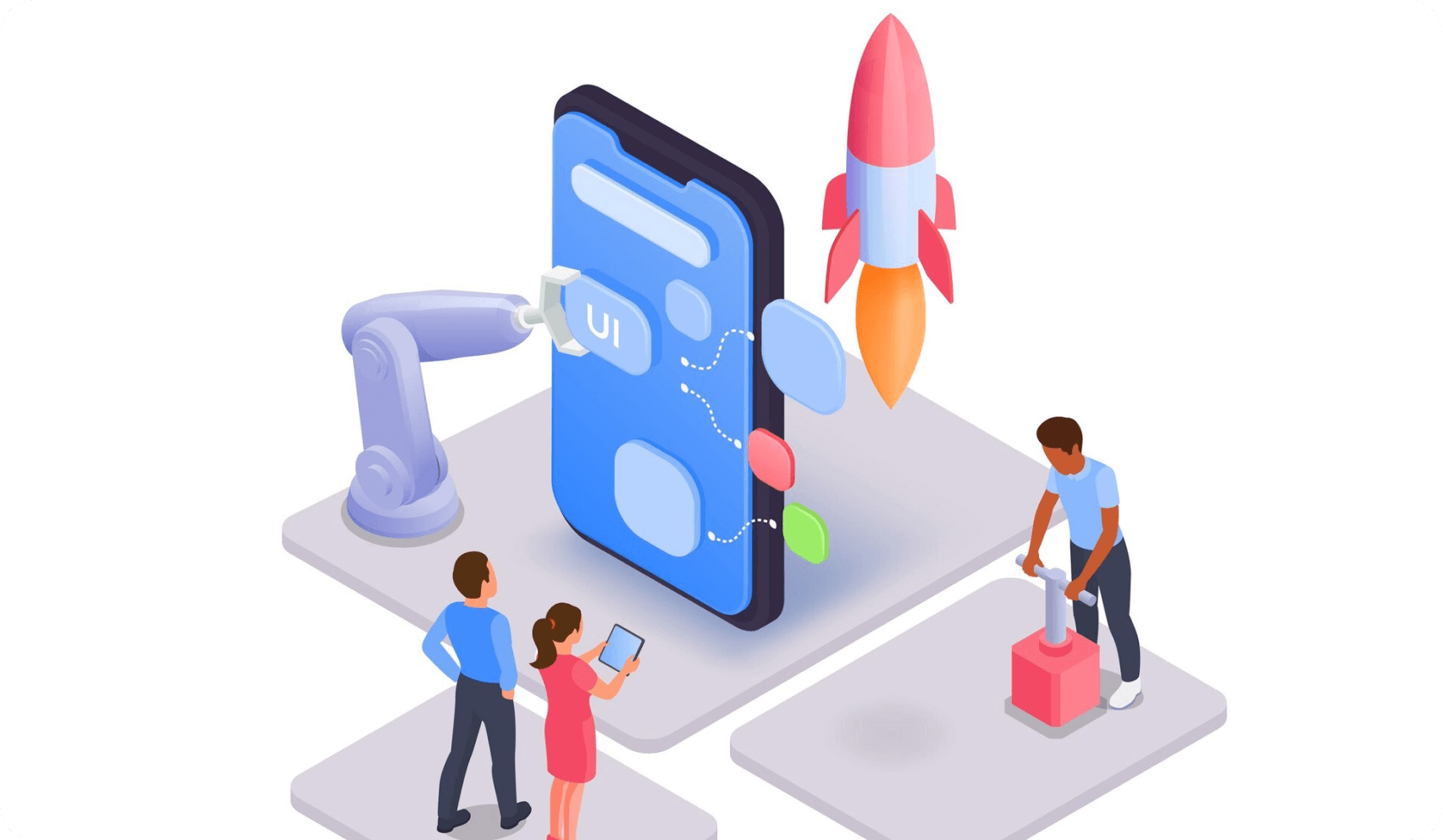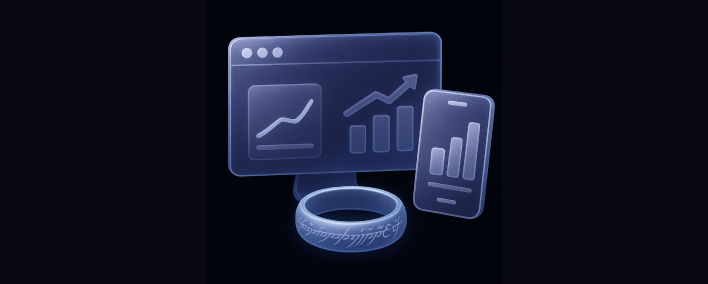Best practices
Selecting the right tools is just the beginning. To truly unlock their potential, it’s important to follow best practices that align with your broader marketing strategy. Here’s how to get the most out of your digital media buying and planning tools.
Regularly review
One of the biggest advantages of digital marketing is the ability to track performance in real-time. Use this to your advantage by regularly reviewing campaign analytics and making data-driven adjustments. This could involve refining audience segments, reallocating budgets based on performance, or testing new ad creatives. Tools with AI and ML capabilities can help by automatically identifying trends and suggesting adjustments, but it’s still essential to maintain a hands-on approach to ensure that these changes align with your overall strategy. For instance, if a particular ad creative is underperforming, AI can propose an alternative or provide insights into why it’s not resonating with your audience.
Take advantage of automation
Automation can significantly enhance the efficiency of your campaigns, but it’s important to use it wisely. While automated bidding, ad placements, and budget adjustments can save time, they should be regularly monitored to ensure they are delivering the desired results. For example, automated bidding strategies can sometimes prioritize cost-efficiency over reach, which might not align with your campaign objectives. By keeping a close eye on automated processes and making manual adjustments when necessary, you can strike the right balance between automation and control. Furthermore, automation tools can be used to scale successful campaigns quickly, allowing you to capitalize on positive performance trends.
Invest in training and support
The effectiveness of any tool is directly tied to the proficiency of the users. Investing in ongoing training for your team ensures they are equipped to fully leverage all the features available in your media buying and planning tools. Many platforms offer comprehensive training programs, webinars, and certification courses that can help your team stay up-to-date with the latest features and best practices. Additionally, take advantage of customer support services, whether through direct contact, online forums, or knowledge bases, to resolve any issues quickly and keep your campaigns running smoothly. Staying informed about updates and new functionalities can also provide a competitive edge.
Monitor industry trends
The digital marketing landscape is in constant flux, with new technologies, platforms, and consumer behaviors emerging regularly. Staying informed about these changes is crucial to maintaining a competitive edge. Subscribe to industry newsletters, attend webinars, and participate in online communities to keep up with the latest trends and innovations. This knowledge will not only help you adapt your strategy to changing conditions but also allow you to take advantage of new opportunities before your competitors. For example, the rise of new social media platforms or changes in search engine algorithms can significantly impact your campaigns, and being prepared for these shifts can make all the difference.
Conduct A/B testing
A/B testing is a powerful method for optimizing your campaigns. By testing different versions of ads, landing pages, or even entire strategies, you can determine what resonates best with your audience. Most digital media buying tools offer A/B testing features, allowing you to experiment with variables such as headlines, images, calls-to-action, and more.
















